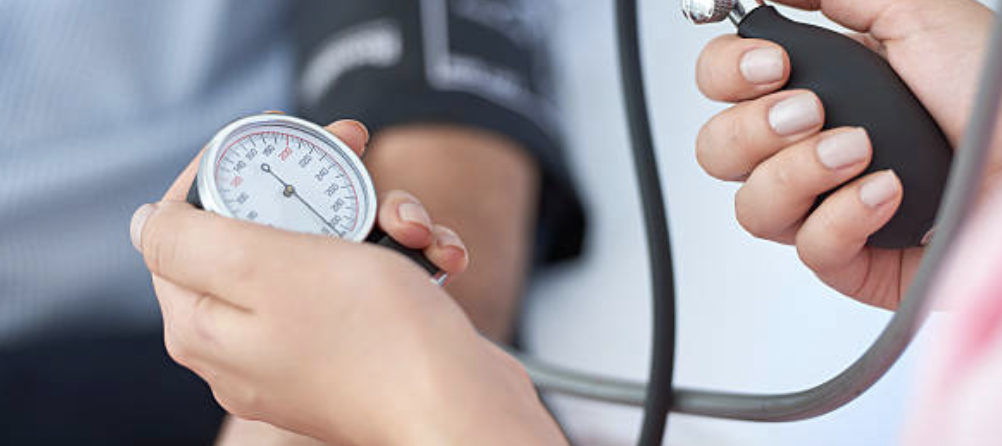The Ways to Treat High Blood Pressure with Lisinopril
All around the world, more than 1.13 billion are suffering from high blood pressure or hypertension, two-thirds of which are residents of low- and middle-income countries.
In fact, this is one of the most serious medical conditions in the world because of how it can trigger chronic diseases like stroke, heart attack and even kidney failure.
Hypertension is also a major cause of premature death, especially since only 1 in 5 people with this condition are seeking treatment. Learn how to treat high blood pressure with Lisinopril.
Treat high blood pressure with Lisinopril
Lisinopril (Prinivil, Zestril) is a type of ACE inhibitor drug that’s primarily prescribed for the treatment of high blood pressure in adults and children 6 years and older.
It is also prescribed to patients with diabetic kidney disease and those who suffered from a heart attack or heart failure to improve their survival rate. When you treat high blood pressure with Lisinopril becomes also effective in preventing strokes and heart attacks in the future.
How Lisinopril works to treat high blood pressure
Lisinopril belongs to the family of angiotensin-converting enzyme (ACE) inhibitors that work by relaxing the veins and arteries to lower blood pressure.
ACE inhibitors have been prescribed to patients for hypertension since 1981 because they are well-tolerated compared to other anti-hypertensive drugs. Lisinopril may also be prescribed with calcium channel blockers or diuretics, especially in treating other medical conditions.
ACE inhibitors works primarily by blocking the production of the angiotensin II hormone that causes narrowing of the blood vessels. This promotes better blood flow to the vessels so they can expand better and reduce blood pressure.
These classifications of drugs also work by reducing sodium retention in the kidneys. This makes Lisinopril effective in slowing down the progression of atherosclerosis and chronic kidney disease, especially in patients suffering from diabetes.


The proper way of taking Lisinopril to treat high blood pressure
Lisinopril is usually prescribed to be taken orally once a day. Since the drug can make some patients dizzy during the first dose, doctors usually have their patients take the first dose before bedtime.
After that, Lisinopril can be taken any time of the day, although doctors advise that it should be taken at the same time to reduce the possibility of skipping the medication.
The dosage for Lisinopril depends on the medical condition of the patient and the purpose of the doctor for prescribing the medication.
In general, the starting dose will be between 2.5mg and 10mg once daily. The doctor will also usually ask the patient to monitor his blood pressure to see if the dose is right or if there are any side effects. Before the dosage is adjusted, the doctor may request blood tests to determine potassium levels and kidney function.
Once everything is clear, the dose will usually be increased gradually to 10mg once daily after a heart attack, 10mg to 20mg once daily for diabetic kidney disease, 20mg once daily for high blood pressure or 20mg to 35mg once daily for heart failure.
The side effects of taking Lisinopril are very light and rare that they only happen to 1 in 100 patients.
Some of its most common side effects include dry cough, headache, diarrhea, lightheadedness, vomiting, blurred vision and skin rash.
Adverse effects rarely happen in patients taking Lisinopril, especially since doctors monitor their patients during the first few days of taking the drug and have them discontinue it or adjust the dosage if they experience anything out of the ordinary while using it.
With high blood pressure being one of the most common causes of death around the world, Lisinopril helps reduce these mortality rates and give patients the chance to recover and prevent further attacks.
Contact Family Heights Pharmacy located in Dearborn Heights Michigan at (313) 724-1111.
See how much you can save on your prescription meds today!
This article provides general information and discussions about health and related topics. The information and other content provided in this article, website or in any linked materials are not intended and should not be considered, or used as a substitute for, medical advice, diagnosis or treatment. This article does not constitute the practice of any medical, nursing or other professional health care advice, diagnosis or treatment. We cannot diagnose conditions, provide second opinions or make specific treatment recommendations through this article or website.
If you or any other person has a medical concern, you should consult with your health care provider or seek other professional medical treatment immediately. Never disregard professional medical advice or delay in seeking it because of something that you have read in this article, website or in any linked materials. If you are experiencing a medical emergency, please call 911 or call for emergency medical help on the nearest telephone immediately.
References:
https://www.who.int/news-room/fact-sheets/detail/hypertension
https://www.cdc.gov/bloodpressure/facts.htm
https://www.nhs.uk/medicines/lisinopril/
https://www.healthline.com/health/lisinopril-oral-tablet
https://www.rxlist.com/consumer_lisinopril_zestoretic/drugs-condition.htm
https://www.medicinenet.com/lisinopril/article.htm#what_are_the_side_effects_of_lisinopril
https://www.healthline.com/health/heart-disease/ACE-inhibitors#takeaway


